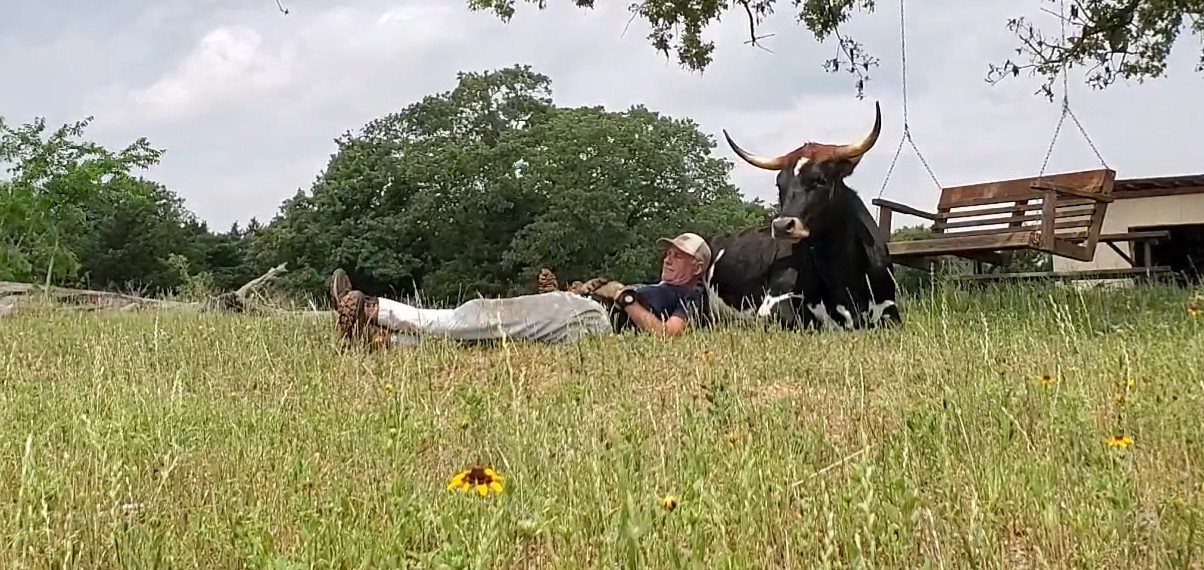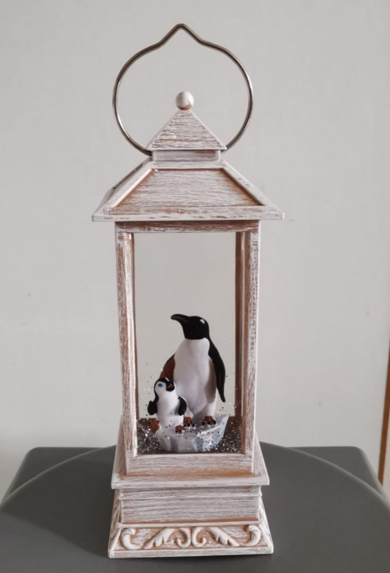-
Posts
1,956 -
Joined
-
Last visited
Content Type
Profiles
Forums
Gallery
Events
Everything posted by Glen McGuire
-
Beautiful work, Daniel! I love the display with the engraving and the carefully placed anchors and oars. Very elegant presentation.
-
Such a beautiful boat. It looked like such a simple build from the picture in your first post. But following each of your steps along the way has shown me that there is a lot of hidden complexity in the build requiring a lot of skill. Well done (with the finish line near), my friend!
- 56 replies
-
- Sea of Galilee Boat
- SE Miller
-
(and 1 more)
Tagged with:
-

Harriet McGregor by Boccherini
Glen McGuire replied to Boccherini's topic in - Build logs for subjects built 1851 - 1900
Beautiful work, Grant! -
This restoration is adding a lot of new words to my vocabulary, like grapnel!
- 740 replies
-
- Tudor
- restoration
-
(and 4 more)
Tagged with:
-
I am in awe. The complexity of what you were dealing with just boggles my mind. Congratulations on completing such an arduous task. You did an absolutely amazing job, Steven.
- 740 replies
-
- Tudor
- restoration
-
(and 4 more)
Tagged with:
-
That basket is amazing!! Nice teamwork on this build!
- 56 replies
-
- Sea of Galilee Boat
- SE Miller
-
(and 1 more)
Tagged with:
-
Oh I gotta get me a set of those clothespins. They are epic!!!!!!!!!!!!!!!!
- 56 replies
-
- Sea of Galilee Boat
- SE Miller
-
(and 1 more)
Tagged with:
-
That's got to be the widest variety of clamps used on a boat at the same time! Despite all the difficulties you described, your planking came out beautiful. That next to last picture is fabulous! I also notice that Marvin disappeared from the last few pictures. Did you scare him away with all that language that's been filling up the super D cup? 😃
- 56 replies
-
- Sea of Galilee Boat
- SE Miller
-
(and 1 more)
Tagged with:
-
Welcome to MSW, Aeneas. You have found the best site on the whole interweb!
-
Beautiful work, Steven! Particularly on the tiny carvings. Wow.
- 740 replies
-
- Tudor
- restoration
-
(and 4 more)
Tagged with:
-
I'm late to the show but working my way to the front row. Looks like an interesting subject and I love the prominent wood grain. But the best part is the dedication of the build. Toast to your First Mate!!!
- 56 replies
-
- Sea of Galilee Boat
- SE Miller
-
(and 1 more)
Tagged with:
-
I tried to stop myself from doing this, Keith, I really did. But my fingers just wouldn't listen. I fully expect for you to block me from your build log going forward.
-
Superb work, particularly on those Martnets!
- 740 replies
-
- Tudor
- restoration
-
(and 4 more)
Tagged with:
-
Those sails look great, Steven. What kind of paint did you use?
- 740 replies
-
- Tudor
- restoration
-
(and 4 more)
Tagged with:
-
That is very interesting! And I was certain Pat and the rest of the proud Aussies were trying to confuse me again with their lingo. Too bad they don't sell that Bundaberg rum here in Texas or I'd help myself to more than a tot!
About us
Modelshipworld - Advancing Ship Modeling through Research
SSL Secured
Your security is important for us so this Website is SSL-Secured
NRG Mailing Address
Nautical Research Guild
237 South Lincoln Street
Westmont IL, 60559-1917
Model Ship World ® and the MSW logo are Registered Trademarks, and belong to the Nautical Research Guild (United States Patent and Trademark Office: No. 6,929,264 & No. 6,929,274, registered Dec. 20, 2022)
Helpful Links
About the NRG
If you enjoy building ship models that are historically accurate as well as beautiful, then The Nautical Research Guild (NRG) is just right for you.
The Guild is a non-profit educational organization whose mission is to “Advance Ship Modeling Through Research”. We provide support to our members in their efforts to raise the quality of their model ships.
The Nautical Research Guild has published our world-renowned quarterly magazine, The Nautical Research Journal, since 1955. The pages of the Journal are full of articles by accomplished ship modelers who show you how they create those exquisite details on their models, and by maritime historians who show you the correct details to build. The Journal is available in both print and digital editions. Go to the NRG web site (www.thenrg.org) to download a complimentary digital copy of the Journal. The NRG also publishes plan sets, books and compilations of back issues of the Journal and the former Ships in Scale and Model Ship Builder magazines.





